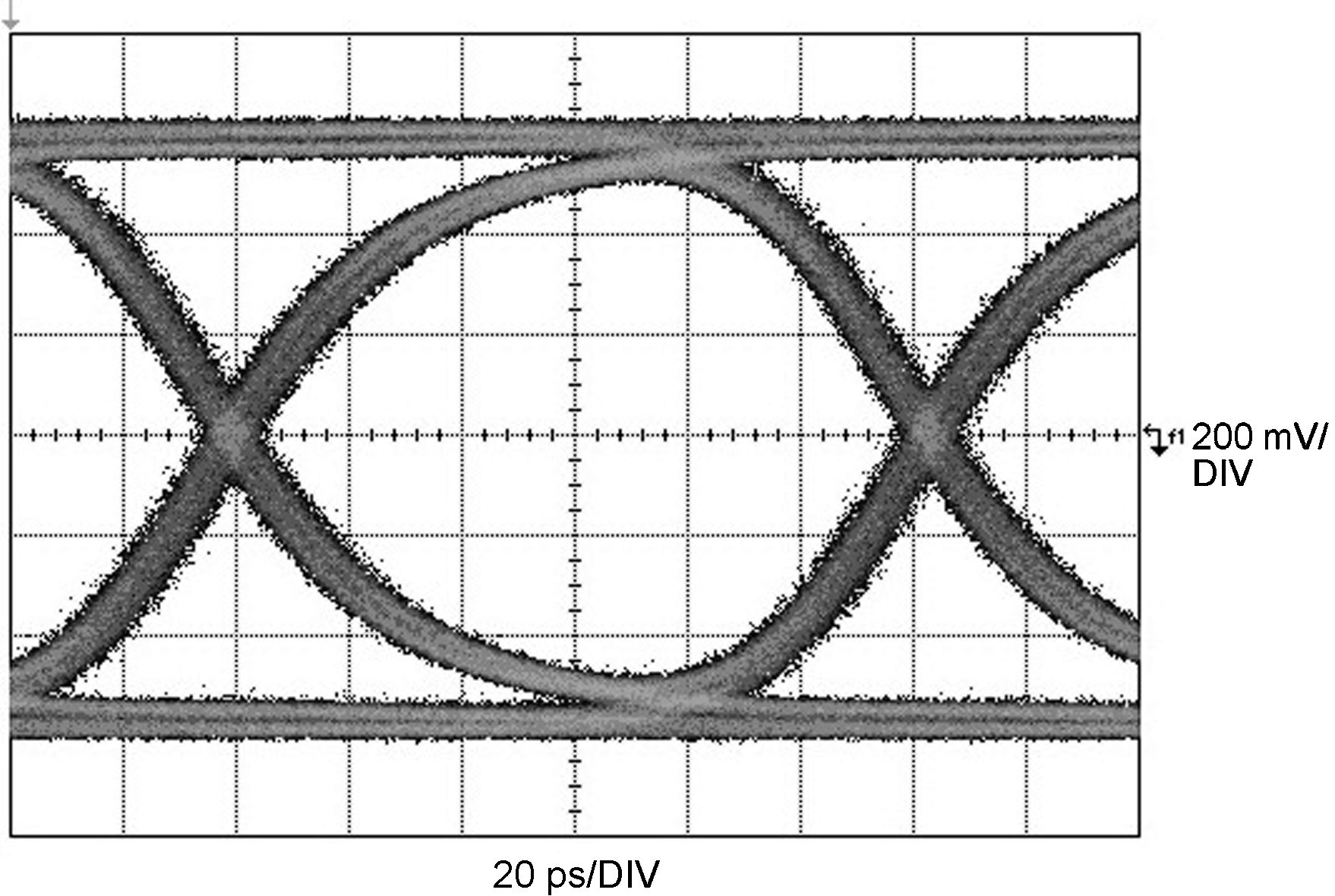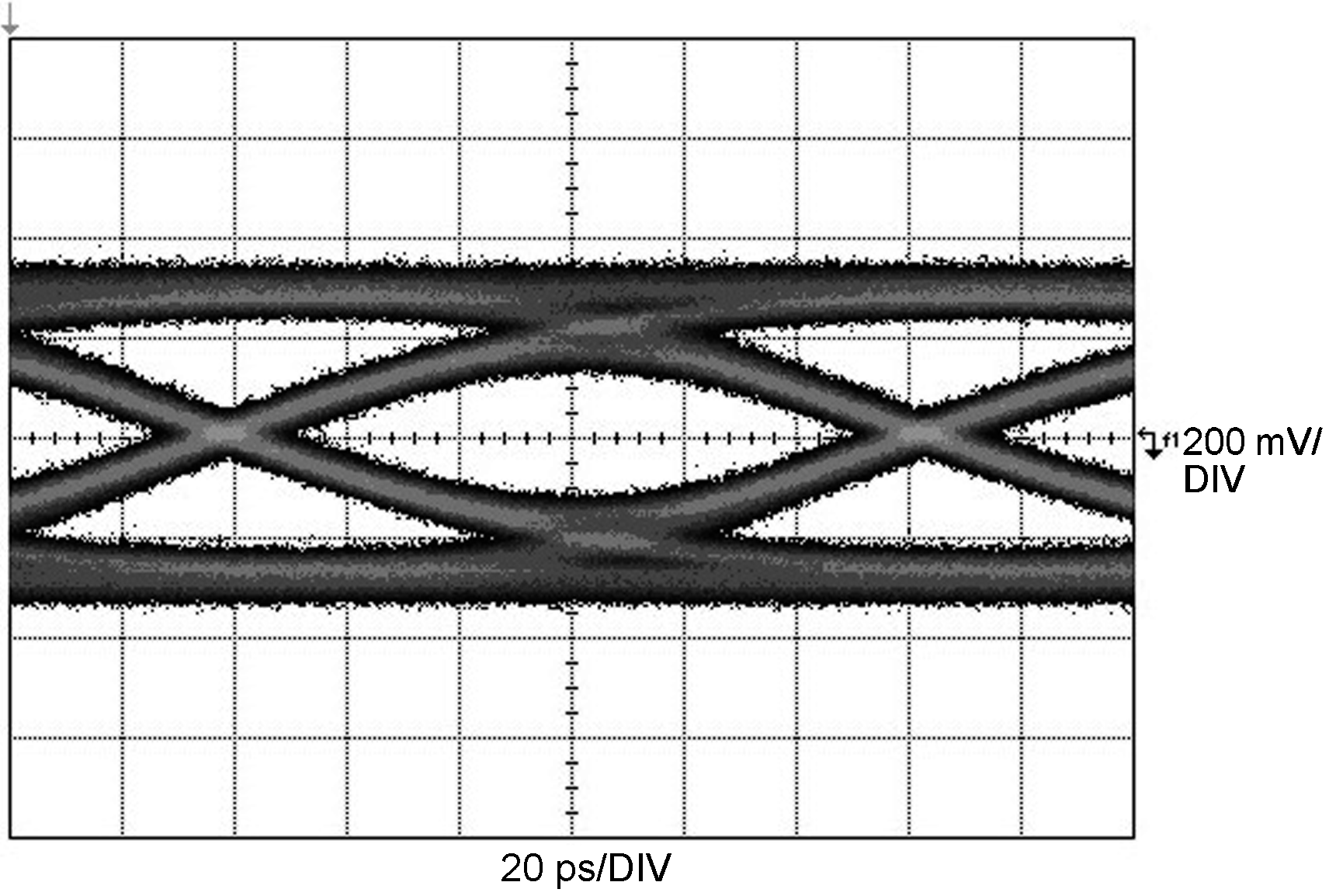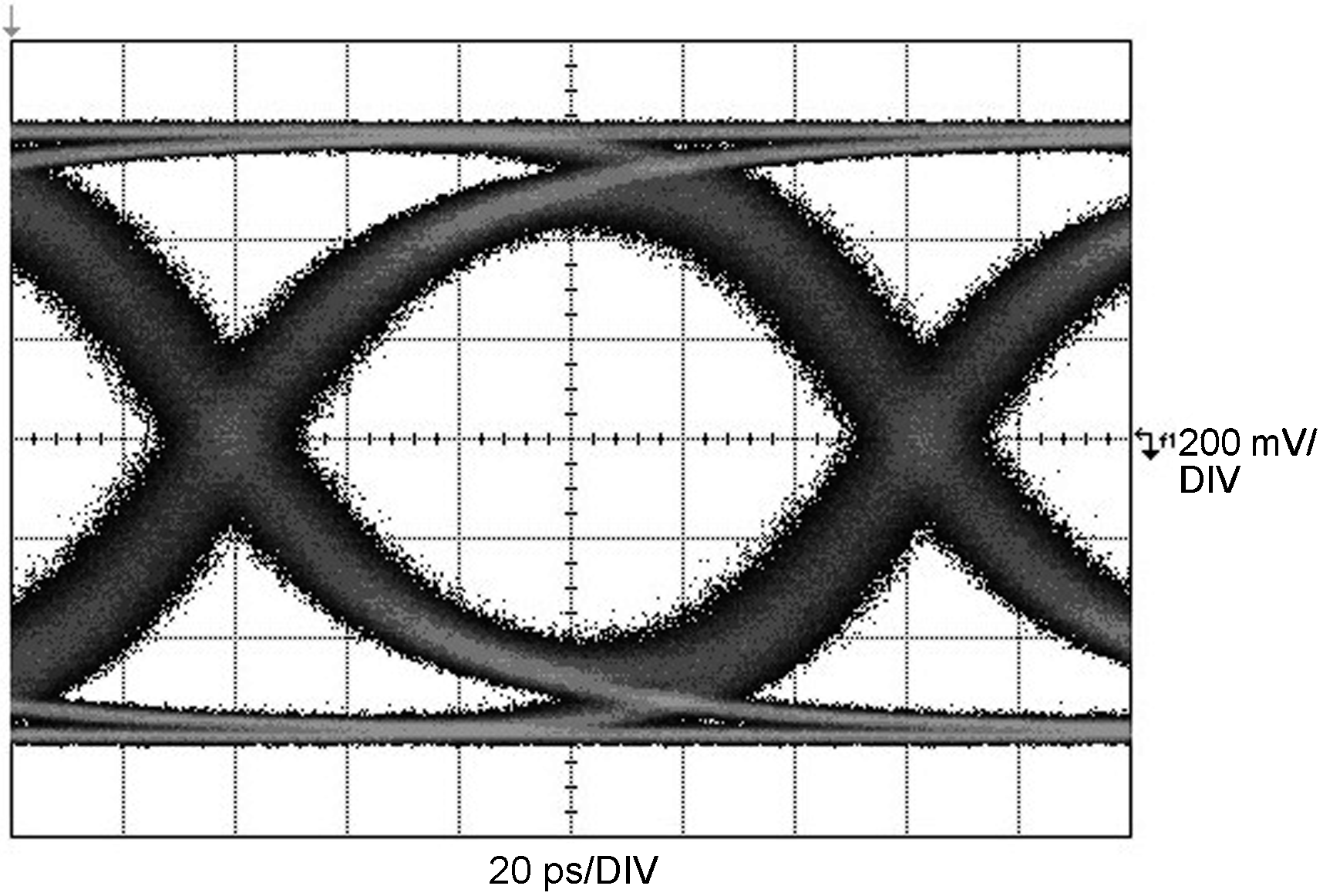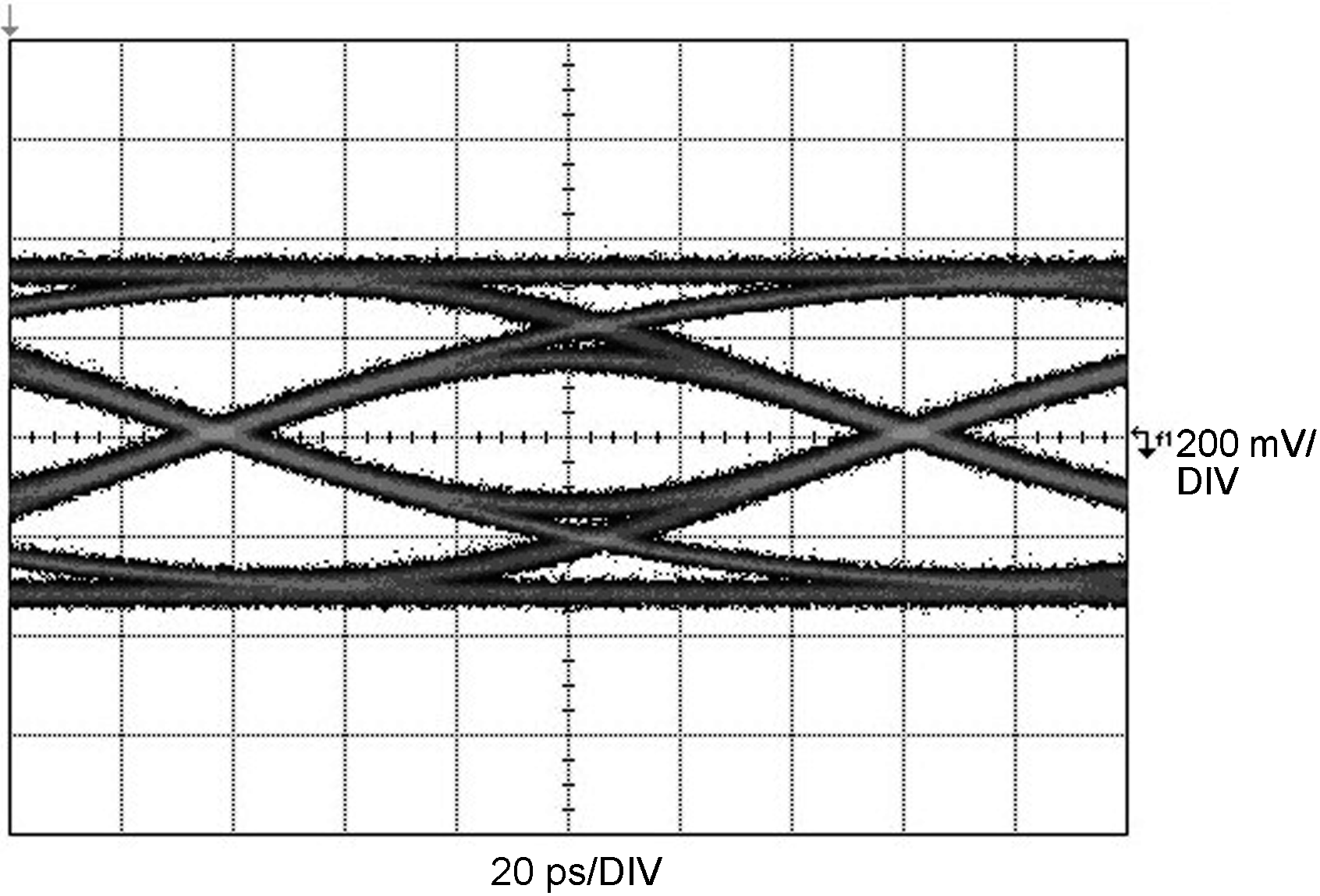SNLS344G July 2011 – August 2015 DS80PCI102
PRODUCTION DATA.
- 1 Features
- 2 Applications
- 3 Description
- 4 Revision History
- 5 Pin Configuration and Functions
- 6 Specifications
- 7 Detailed Description
- 8 Application and Implementation
- 9 Power Supply Recommendations
- 10Layout
- 11Device and Documentation Support
- 12Mechanical, Packaging, and Orderable Information
8 Application and Implementation
NOTE
Information in the following applications sections is not part of the TI component specification, and TI does not warrant its accuracy or completeness. TI’s customers are responsible for determining suitability of components for their purposes. Customers should validate and test their design implementation to confirm system functionality.
8.1 Application Information
In PCIe Gen-3 applications, the specification requires Rx-Tx link training to establish and optimize signal conditioning settings at 8 Gbps. In link training, the Rx partner requests a series of FIR - preshoot and de-emphasis coefficients (10 Presets) from the Tx partner. The Rx partner includes 7-levels (6 dB to 12 dB) of CTLE followed by a single tap DFE. The link training would pre-condition the signal with an equalized link between the root-complex and endpoint. Note that there is no link training in PCIe Gen-1 (2.5 Gbps) or PCIe Gen-2 (5.0 Gbps) applications. The DS80PCI102 is placed in between the Tx and Rx. It would help extend the PCB trace reach distance by boosting the attenuated signals with it's equalization, so that the signal can be more easily recovered by the downstream Rx. In Gen 3 mode, DS80PCI102 transmit outputs are designed to pass the Tx Preset signaling onto the Rx for the PCIe Gen 3 link to train and optimize the equalization settings. The suggested setting for the DS80PCI102 are EQ = 0x00, VOD = 1.2 Vp-p and DEM = 0 dB. Additional adjustments to increase the EQ or DEM setting should be performed to optimize the eye opening in the Rx partner. See the tables below for Pin Mode and SMBus Mode configurations.
Table 11. Suggested Device Settings in Pin Mode
| Channel | Pin Mode Settings |
|---|---|
| EQx[1:0] | 0, 0 (Level 1) |
| DEMx | Float, R (Level 10) |
Table 12. Suggested Device Settings in SMBus Slave Mode
| Register | Write Value | Comments |
|---|---|---|
| 0x06 | 0x18 | Enables SMBus Slave Mode Register Control |
| 0x0F | 0x00 | Set CHA EQ to 0x00. |
| 0x25 | 0xAD | Set CHA VOD to 101'b (1.2 Vp-p). |
| 0x11 | 0x00 | Set CHA DEM to 000'b (0 dB). |
| 0x16 | 0x00 | Set CHB EQ to 0x00. |
| 0x2D | 0xAD | Set CHB VOD to 101'b (1.2 Vp-p). |
| 0x18 | 0x00 | Set CHB DEM to 000'b (0 dB). |
8.2 Typical Application
The DS80PCI102 extends PCB trace and cable reach in PCIe Gen1, 2 and 3 applications by applying equalization to compensate for the insertion loss of the trace or cable. In Gen 3 mode, the device aids specifically in the equalization link training to improve the margin and overall eye inside the Rx. The DS80PCI102 can be used on the motherboard, mid plane (riser card), end-point target cards, and active cable assemblies. The capability of the DS80PCI102 performance is shown in the following two test setup connections.
 Figure 10. Test Setup Connections Diagram
Figure 10. Test Setup Connections Diagram
 Figure 11. Test Setup Connections Diagram
Figure 11. Test Setup Connections Diagram
8.2.1 Design Requirements
As with any high speed design, there are many factors which influence the overall performance. The following list indicates critical areas for consideration during design.
- Use 100-Ω impedance traces. Length matching on the P and N traces should be done on the single-end segments of the differential pair.
- Use uniform trace width and trace spacing for differential pairs.
- Place AC-coupling capacitors near to the receiver end of each channel segment to minimize reflections.
- For Gen3, AC-coupling capacitors of 220 nF are recommended, maximum body size is 0402, and add cutout void on GND plane below the landing pad of the capacitor in order to reduce parasitic capacitance to GND.
- Back-drill connector vias and signal vias to minimize stub length.
- Use Reference plane vias to ensure a low inductance path for the return current.
8.2.2 Detailed Design Procedure
The DS80PCI102 should be placed at an offset location and close to the Rx with respect to the overall channel attenuation. The suggested settings are recommended as a starting point for most applications. Once these settings are configured, additional adjustments of the DS80PCI102 EQ or DE may be required to optimize the repeater performance. The CTLE and DFE coefficient in the Rx can also be adjusted to further improve the eye opening.
8.2.3 Application Curves

EQ[1:0] = [R, R] or 0x15, Dem[1:0] = [Float, Float]

EQ[1:0] = [R, R] or 0x15, DEM[1:0] = [Float, Float]

